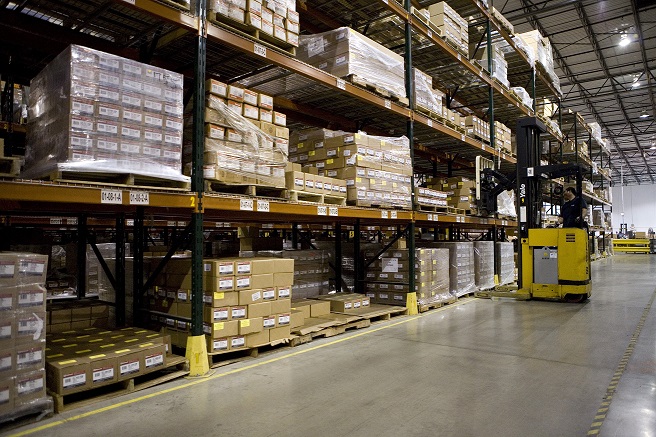It’s important for any SME exporting its products to capitalize on favorable trade rules. For example, do you know if your export product is exempt from import duties? Can it qualify for duty-free access or lower duties under special or preferential import programs?
Regardless of what products you export, buyers will naturally gravitate to imports that are favorably priced when compared to alternatives of similar quality. So it’s important not only to know the final cost of your product for buyers, but also to familiarize yourself with trade rules and regulations that can lower the price of your products.
The U.S. is a great example because it offers duty-free access for many products. SMEs can also take advantage of preferential programs and Free Trade Agreements (FTAs), which also offer duty-free access or lower duties for many imported goods. Preferential programs provide unilateral benefits from the U.S. to other countries and are designed to spur the growth of specific industries. FTAs are the result of trade negotiations and are either agreements made between two countries or multilateral agreements that encompass several nations.
There are 12 countries in the Americas with FTAs with the U.S., including:
- Mexico & Canada (NAFTA - North American Free Trade Agreement)
- Guatemala, El Salvador, Honduras, Nicaragua, Costa Rica & the Dominican Republic (Central American-Dominican Republic Free Trade Agreement - CAFTA- DR)
- Colombia, Chile, Panama and Peru (individual FTAs)
While each of these agreements is unique and in various phases of implementation, most products from these 12 countries enter the U.S. duty free. Exceptions include textiles, apparel and agricultural products. There is also one preferential agreement in place with the U.S.: The Caribbean Basin Initiative provides duty-free access for most products from 17 nations within the area.
It’s also important to remember that trade agreements change. For example, the Andean Trade Preferences Act is no longer available, whereas the Generalized System of Preferences (GSP), which has global reach, may be renewed by the U.S. Congress this year and could deliver significant benefits for Latin America. It’s important to keep tabs on trade negotiations.
You also need to become familiar with the rules that determine whether a product can qualify for duty-free or lower duty access. The rules of origin are different in a preferential program than in an FTA. And each program typically has its own unique regulations.
You must look at each program’s rules of origin, and in the case of an FTA, the rules that apply to each country. The importer will also require that you complete a certification of origin, which is based on the tariff classification of the product in question. All products traded internationally have a classification number for use by customs.
ConnectAmericas.com and DHL offer you a 20% discount for international shipping. A perfect option for SMEs looking for a quick and easy solution! Check the eligible countries and click here to apply!



Follow Us